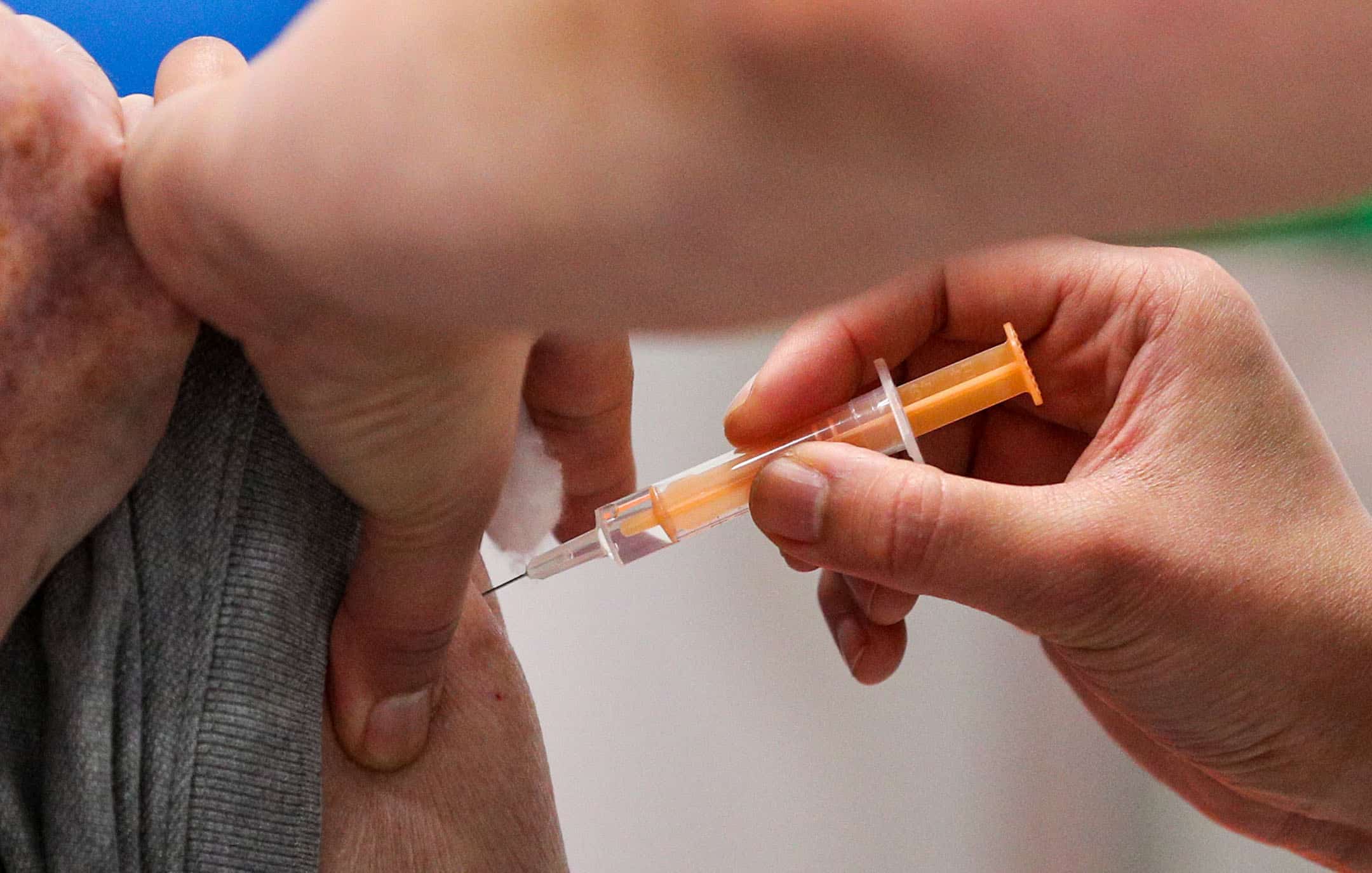
We are a deeply unequal society. Layer upon layer of evidence has been built up to demonstrate the problems that this causes to people’s health. This has been the case for all my career, and that the Coronavirus thrives on this inequality and exploits it is no surprise.
Like most diseases, communicable and non-communicable, it feeds off vulnerability, poverty and exclusion. The vaccination programme offers hope, it should especially offer hope to those communities hit hardest by disease, death and despair, yet there is a concern that the programme could fall into the trap of the ‘inverse care law’. This ‘law’ is the observation that those most needing healthcare are those less likely to receive it (and it also means that those healthcare workers for those groups have to work harder and have less resource).
Data from January 2021 shows already that poor people and people from ethnic minorities are less likely to have been vaccinated; with 42.5 per cent of white people within the cohorts vaccinated compared to 20.5 per cent of black people; 44.7 per cent of people in less deprived areas jabbed compared to 37.9 per cent in more deprived areas. Those with mental illness and learning disabilities again are less likely to be vaccinated.
On one level this is not surprising, anyone working in primary care or the community will understand that there are many barriers to those on the margins getting an appointment. From simple factors such as access to a phone (or even answering it), understanding the practicality of what is being offered, to more complex cultural barriers or just simply living in the wrong place. Understanding the reasons means understanding why those living with exclusion and inequality have poorer health, but this understanding has never been more critical to life and death. The reasons will not be simple, and there will be many.
What could/should we do then? What is the prescription to this prejudicial and parasitic problem?
Firstly, let’s be honest and transparent about this. There is a reluctance to open up this issue in detail, legitimate concerns about drawing the fire towards a tinder that hasn’t yet ignited risks removing the awareness of opening gulfs in vaccine inequity. But by measuring and demonstrating these gaps, we can draw energy towards the solutions.
That energy and drive should be spent on going out into the communities that need this. Bringing services closer to people in need is an old fashioned, yet effective method. Understanding and involving those communities is vital. If they say that people are more likely to get themselves vaccinated at 3 pm on a Wednesday afternoon, not 4pm on a Friday they are probably right. Ask them who they trust and get them to help, don’t just pick a ‘community leader’ for them. Help people who are vaccinated to tell their friends and family.
How about a ‘V’ rate instead of a ‘R’ rate? A V rate of 3 means that for every person vaccinated they tell another 3 people how it is a fine thing for themselves and their communities.
This is tough stuff; the NHS has struggled with it historically. But it is vital, those communities devasted by Covid-19 could find themselves twice affected. We need to do this better. Being distracted by easy and politically attractive shiny big buildings and 24-7 centres is tempting.
But it would be missing the point.
Dr Joe McManners is an NHS GP in Oxford. He is also a Clinical Director of his ‘Primary Care Network’.
Additionally he is an Oxford City Councillor, representing the Labour Party, and has held held roles in NHS Management, as Chair of Oxfordshire CCG and NHS England Clinical Advisor.
Related: We should take time to understand anti-vaxxer’s concerns, rather than just condemn them